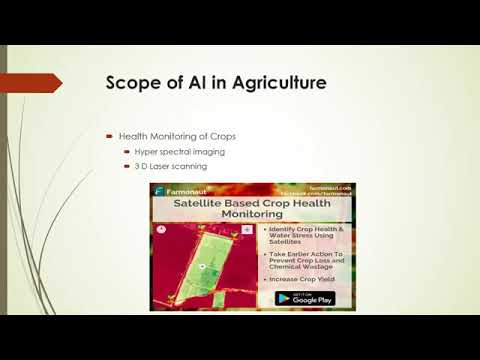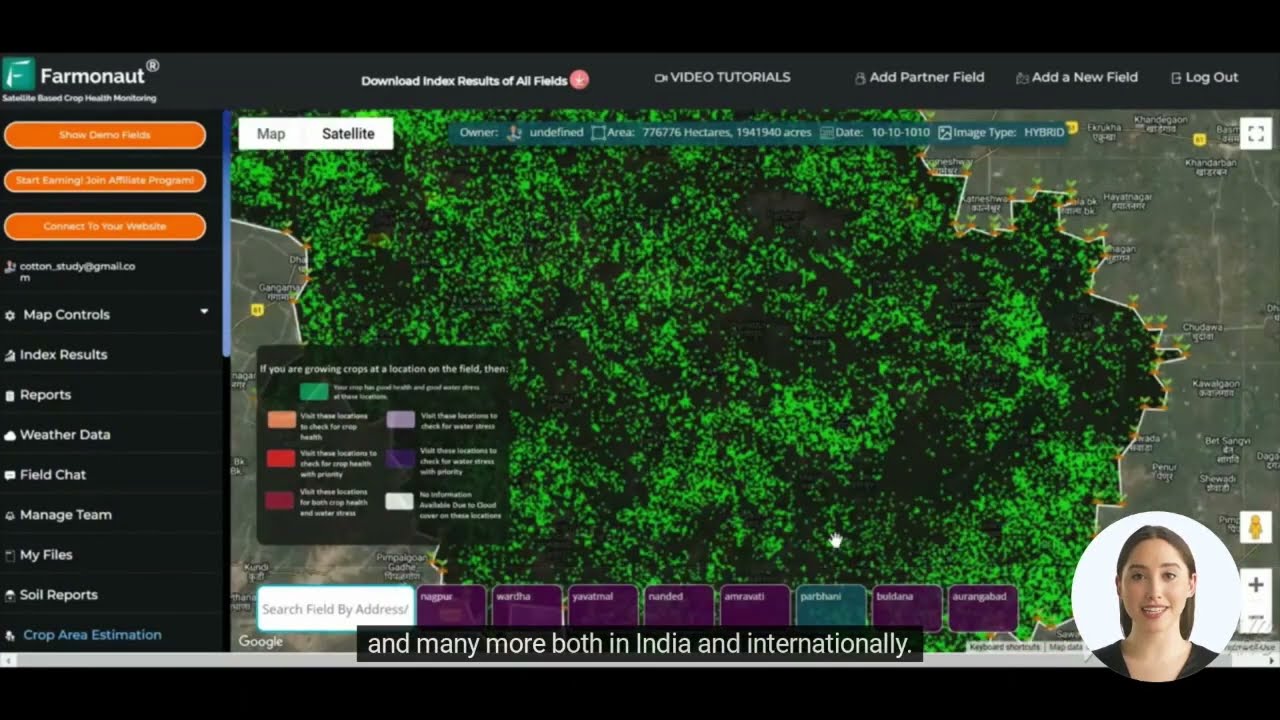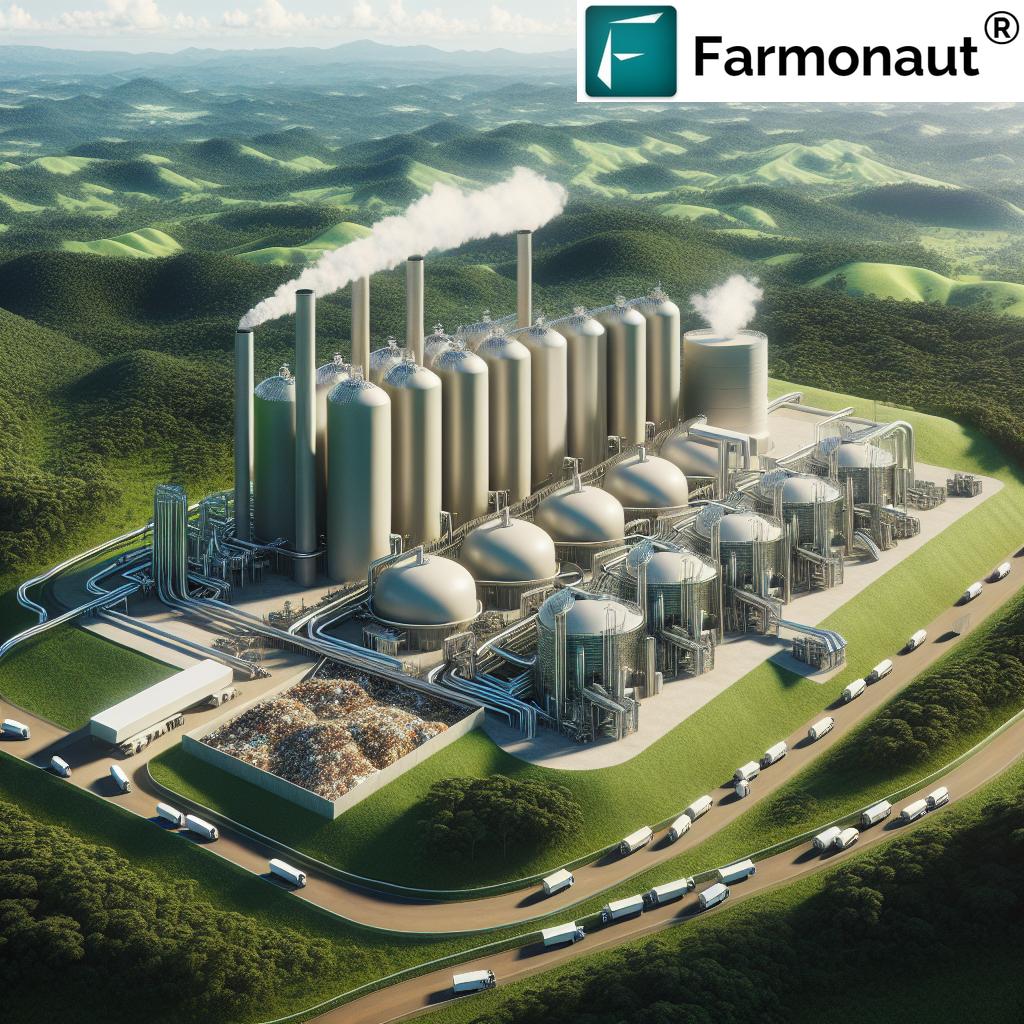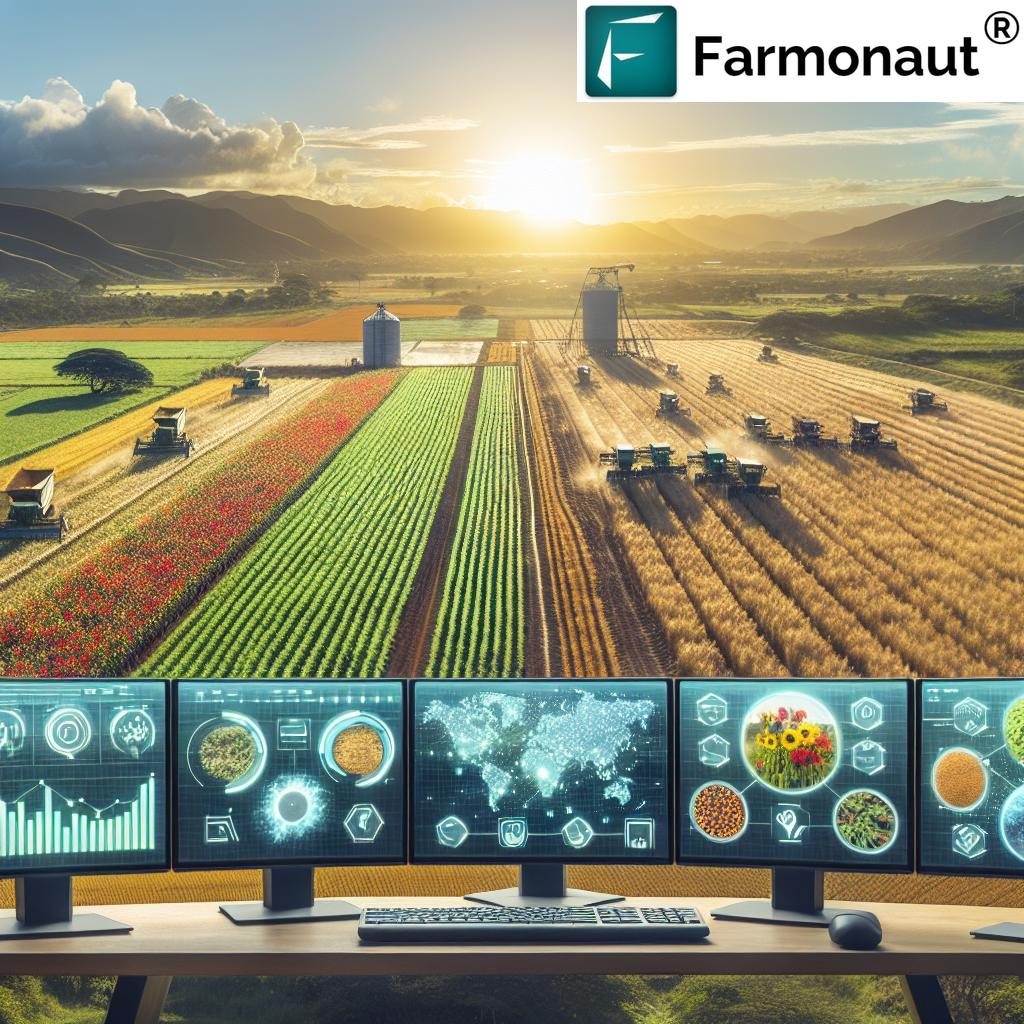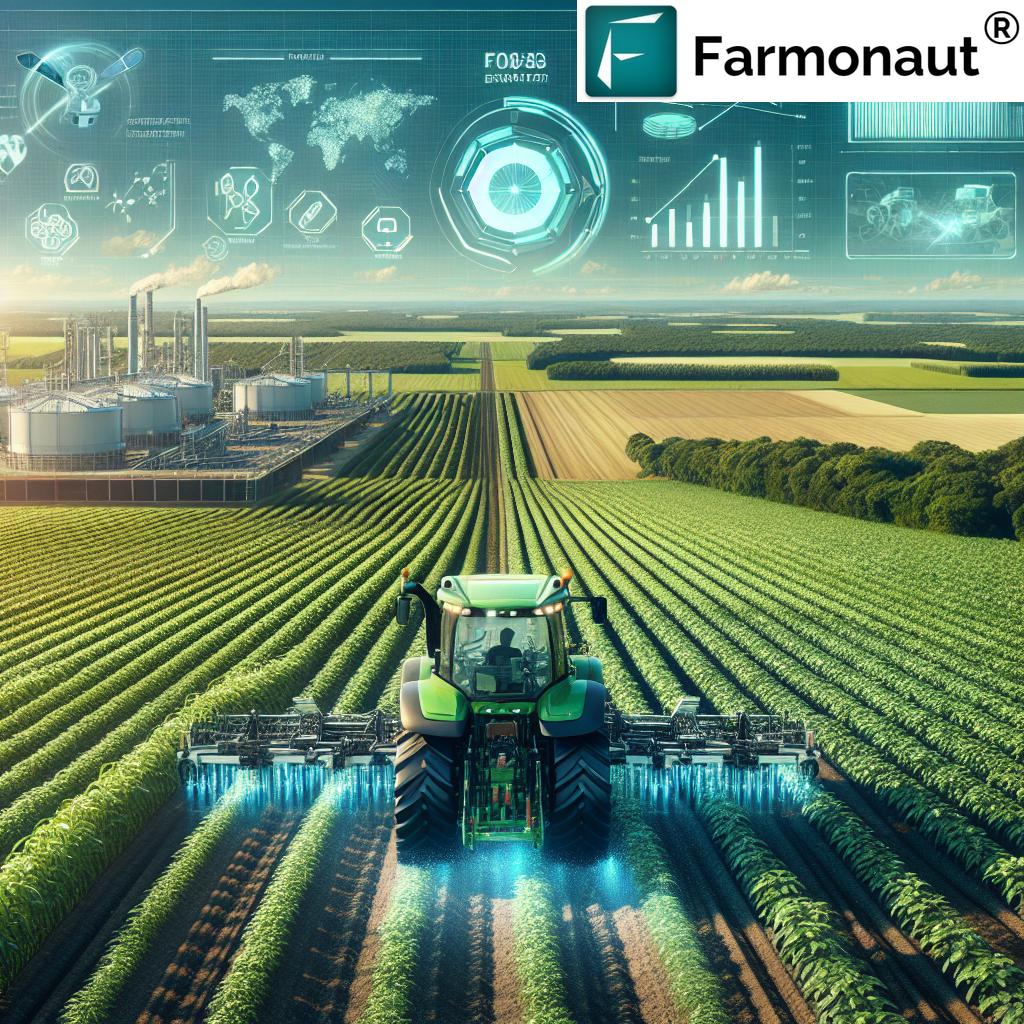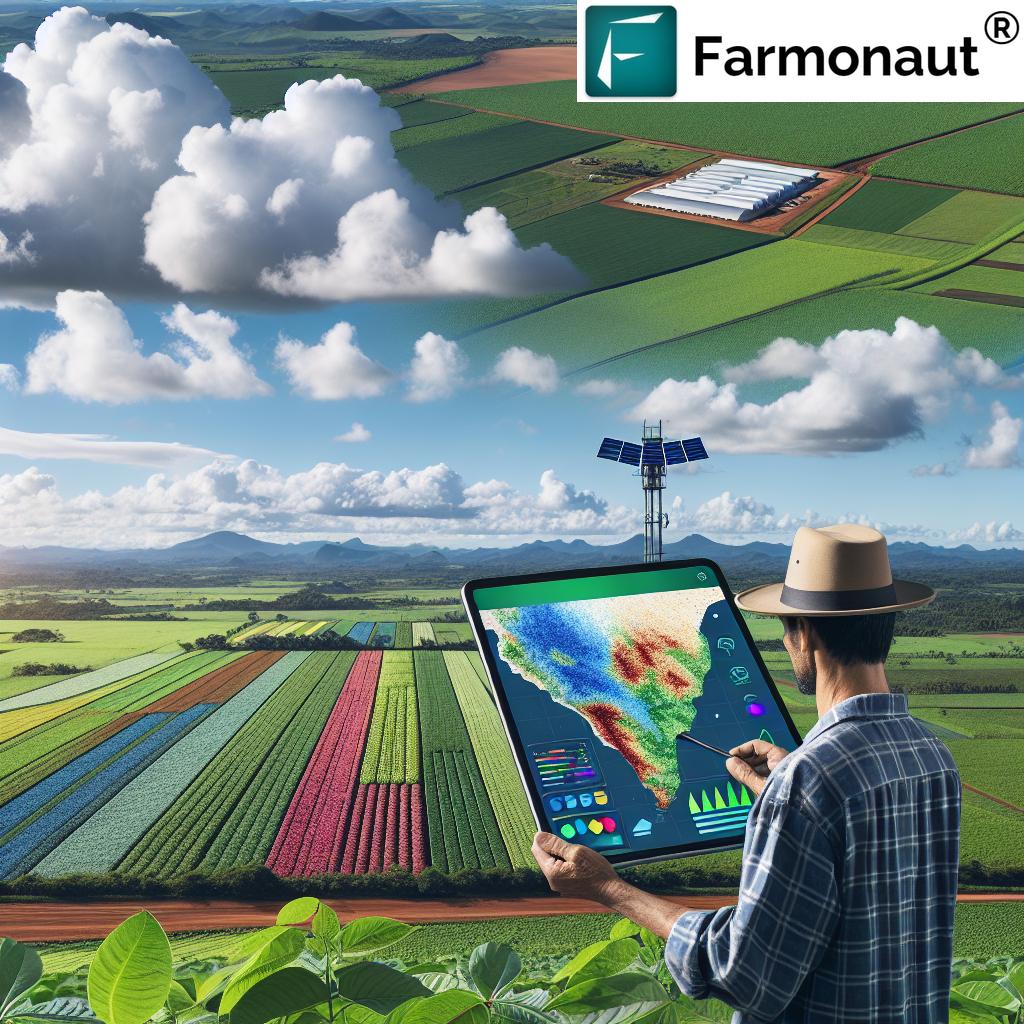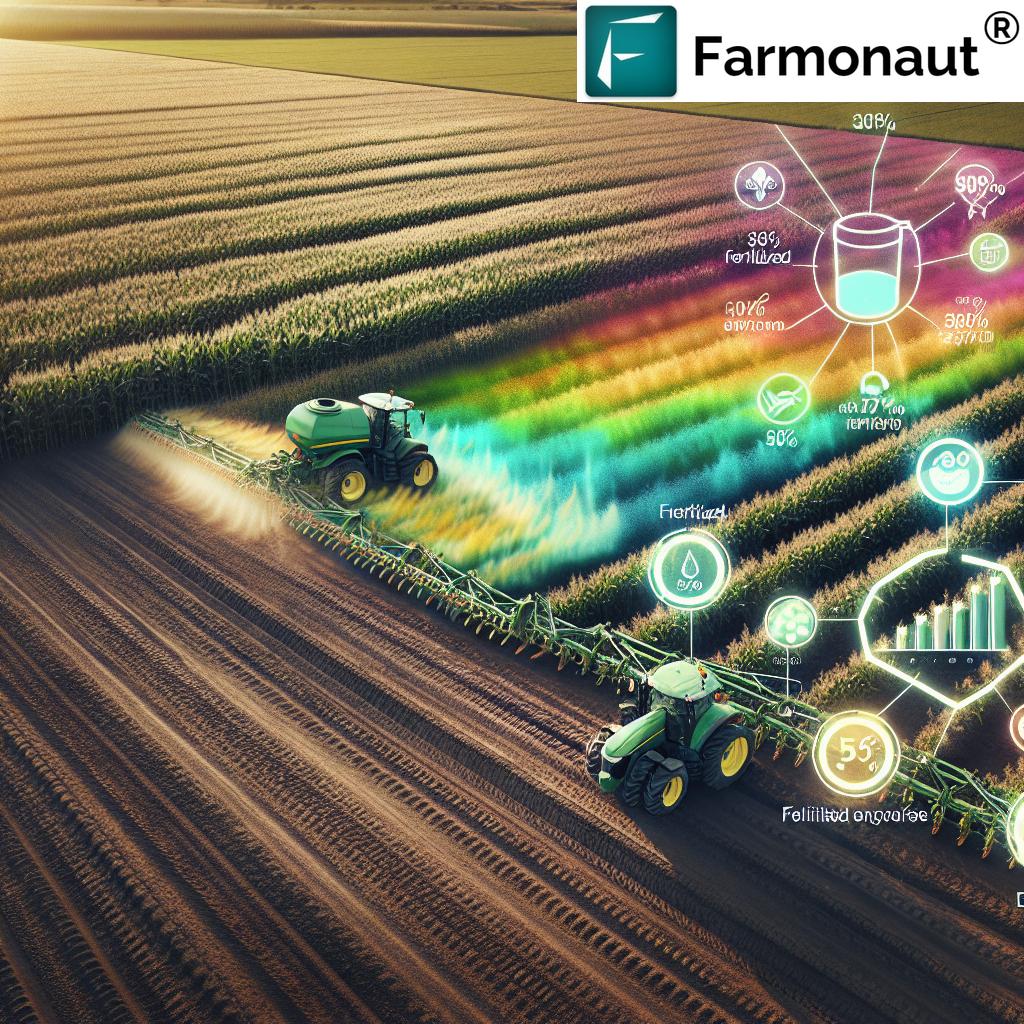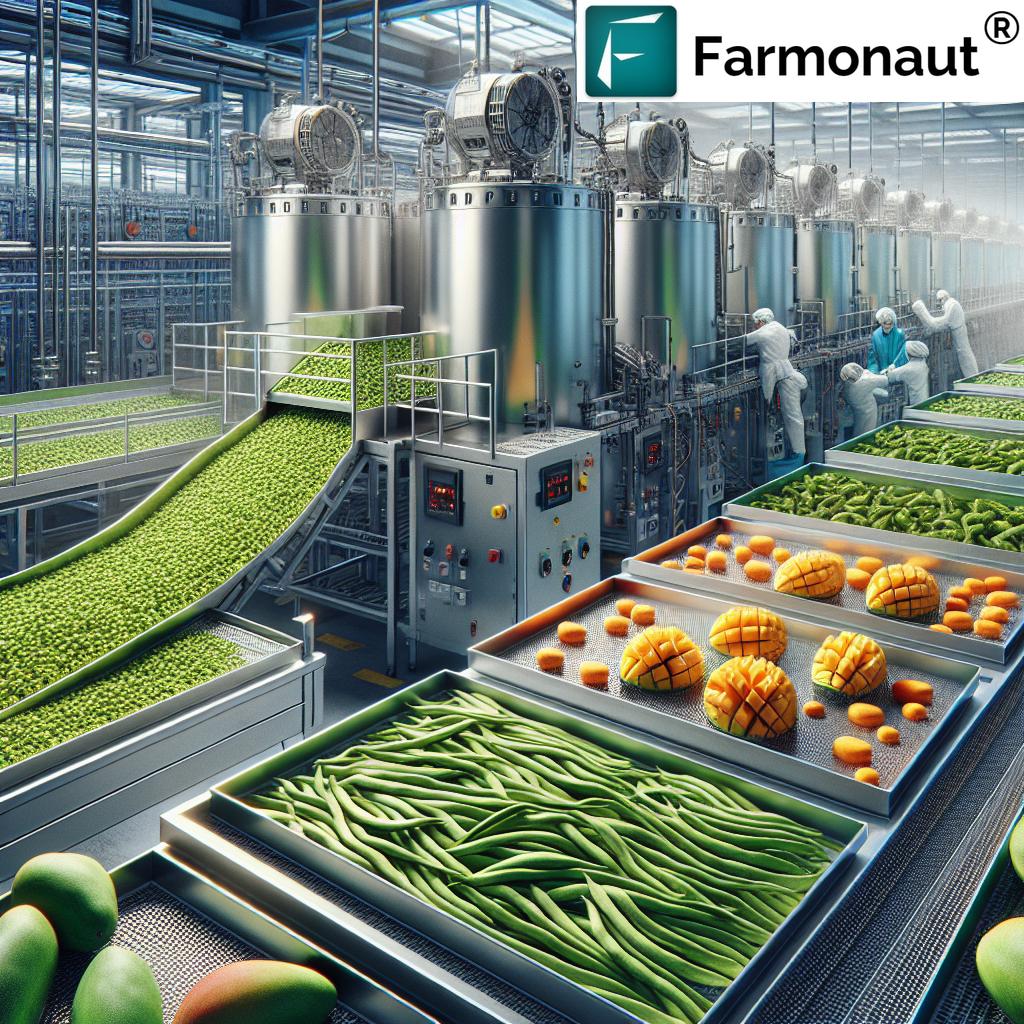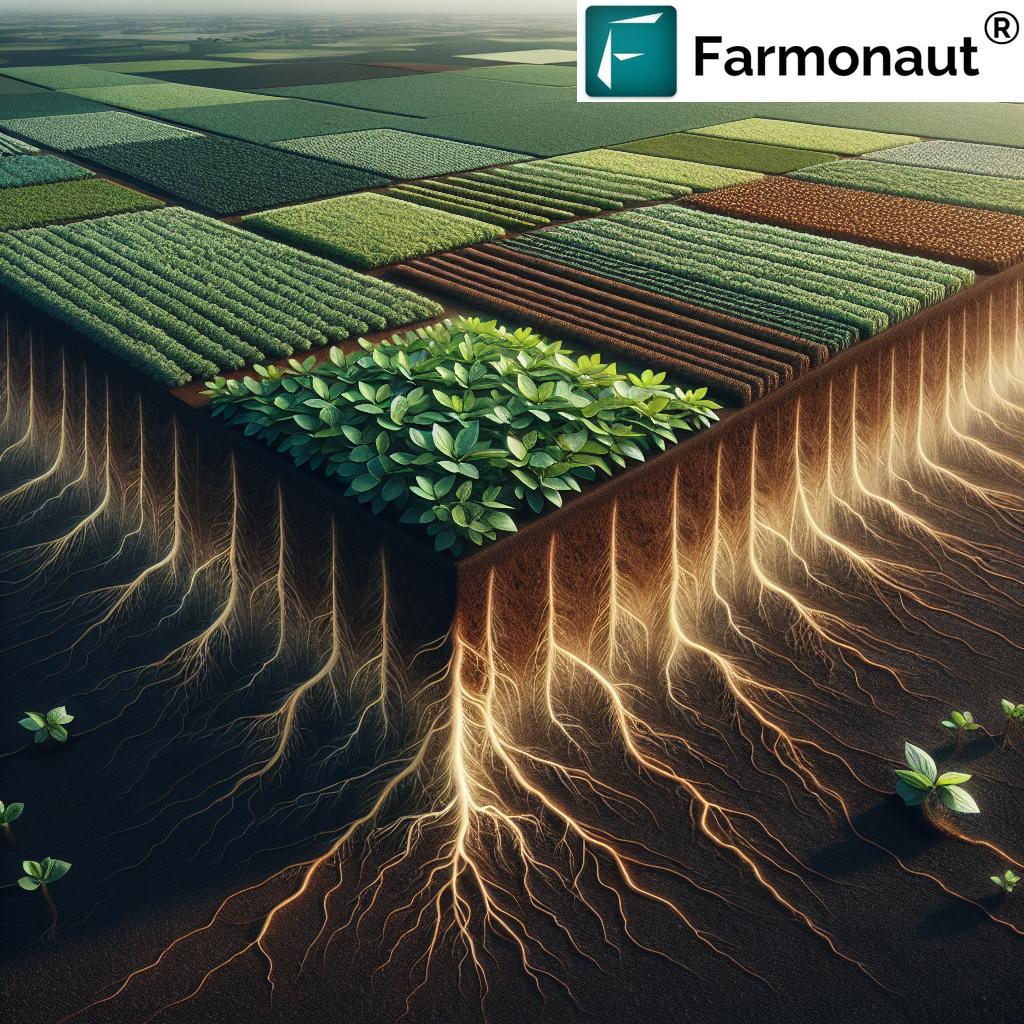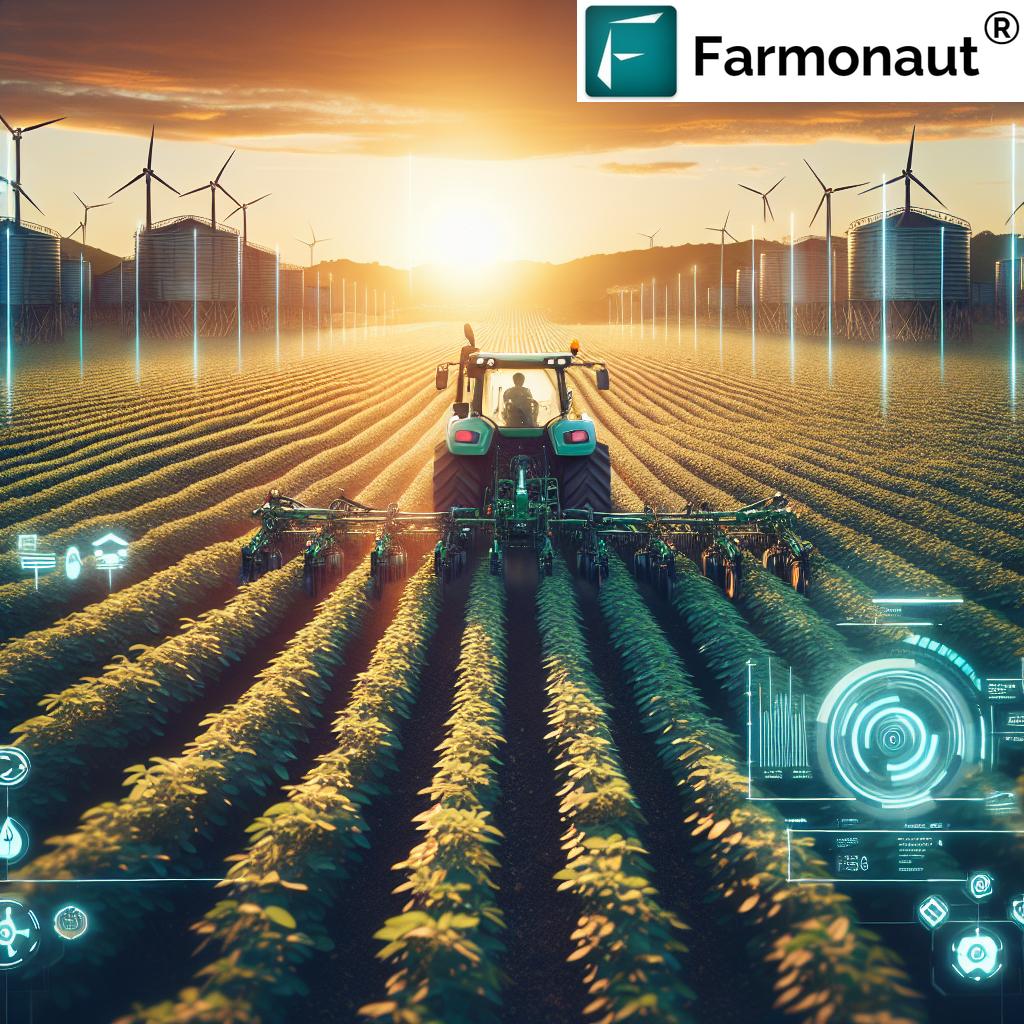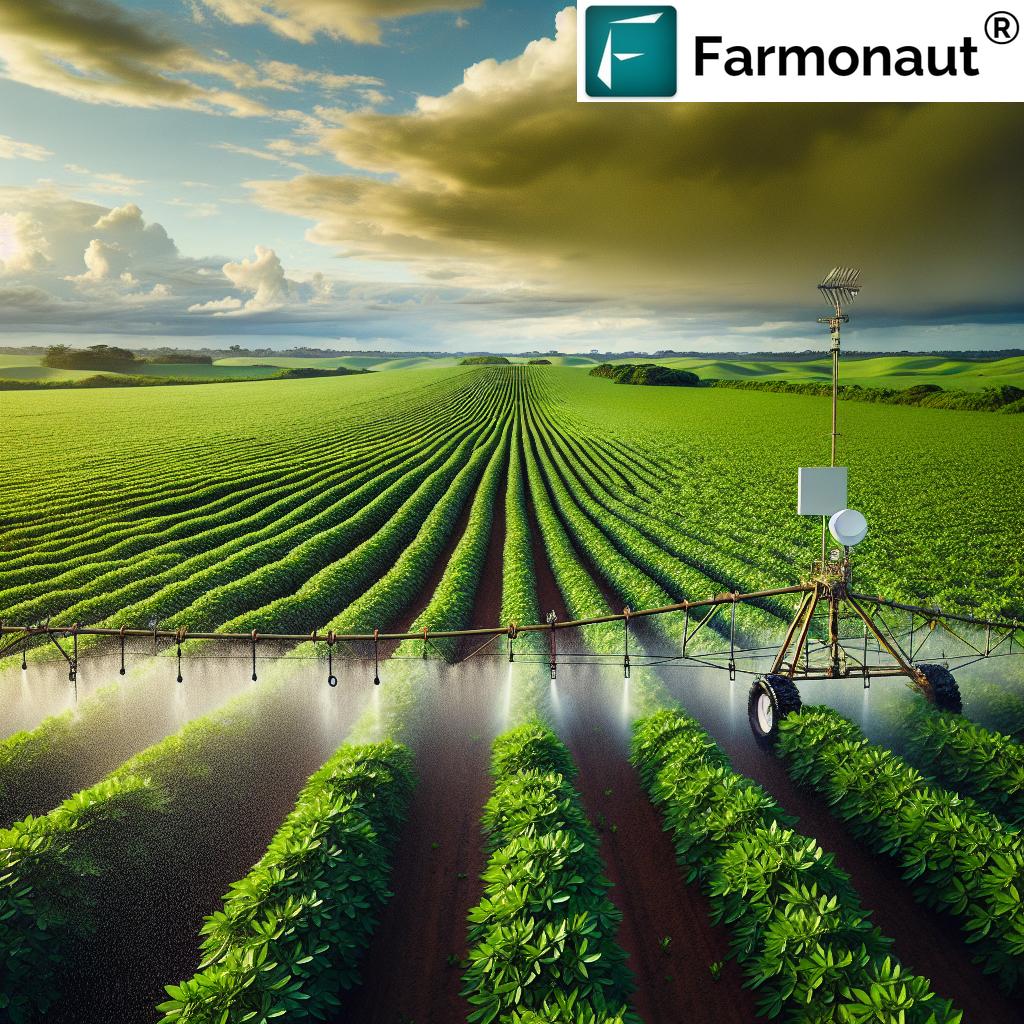Guyana’s Economic Transformation: Leveraging Technology and Sustainability for Caribbean Prosperity
“Guyana’s economic transformation could impact over 44 million people across 13 Caribbean nations, reshaping the region’s future.”
In the heart of South America, a small nation is poised to revolutionize the Caribbean region’s economic landscape. Guyana, once known primarily for its lush rainforests and diverse culture, is now emerging as a powerhouse of growth and innovation. As we delve into this transformative journey, we’ll explore how Guyana is leveraging technology and sustainability to create unprecedented opportunities for prosperity, not just for itself, but for the entire Caribbean.
The Dawn of a New Era: Guyana’s Economic Awakening
Guyana’s economic transformation is not just a possibility; it’s a reality unfolding before our eyes. The United States Secretary of State, Marco Rubio, recently hailed Guyana as “one of the most exciting places in the world,” emphasizing its potential for transformational growth. This endorsement from a global superpower underscores the significance of Guyana’s development trajectory.
But what makes Guyana’s story so compelling? It’s the rare opportunity for a nation to completely reinvent itself, powered by a combination of natural resources, technological advancements, and a commitment to sustainable development.

The Pillars of Transformation
Guyana’s economic transformation is built on several key pillars:
- Oil and Gas Sector: The discovery of significant offshore oil reserves has catapulted Guyana into the global energy market.
- Agricultural Revolution: Leveraging technology to boost agricultural production and sustainability.
- Ecotourism: Capitalizing on Guyana’s pristine natural beauty while preserving its ecosystems.
- Technological Innovation: Embracing digitization, artificial intelligence, and data-driven solutions across industries.
- Sustainable Development: Balancing economic growth with environmental conservation.
Let’s explore each of these pillars in detail to understand how they’re shaping Guyana’s future and potentially transforming the Caribbean region.
Oil and Gas: The Economic Catalyst
The discovery of vast oil reserves off Guyana’s coast has been a game-changer. This newfound wealth is not just about immediate profits; it’s about creating a foundation for long-term prosperity. Guyana is taking a measured approach, learning from both the successes and mistakes of other oil-rich nations.
Key aspects of Guyana’s oil and gas strategy include:
- Diversification of the economy to avoid over-reliance on oil
- Investment in infrastructure and education
- Establishment of a sovereign wealth fund for future generations
- Partnerships with international firms to ensure best practices in extraction and environmental protection
While the oil and gas sector is crucial, Guyana recognizes that true transformation comes from leveraging this resource to fuel growth across all sectors of the economy.
Agricultural Revolution: Feeding the Future
Agriculture has always been a cornerstone of Guyana’s economy, but now it’s undergoing a technological revolution. By embracing precision agriculture and sustainable farming practices, Guyana is positioning itself as a potential breadbasket for the Caribbean region.
In this context, innovative solutions like those offered by Farmonaut are playing a crucial role. Farmonaut’s satellite-based farm management solutions provide real-time crop health monitoring, AI-based advisory systems, and resource management tools. These technologies are helping Guyanese farmers optimize their yields, reduce waste, and make data-driven decisions.
For instance, Farmonaut’s crop loan and insurance services are revolutionizing how financial institutions interact with the agricultural sector. By providing satellite-based verification for crop loans and insurance, Farmonaut is helping to reduce fraud and improve access to financing for farmers, a critical step in modernizing Guyana’s agricultural landscape.
Ecotourism: Preserving Paradise
Guyana’s pristine rainforests, diverse wildlife, and rich cultural heritage present an unparalleled opportunity for ecotourism. The country is committed to developing this sector in a way that preserves its natural beauty while providing economic benefits to local communities.
Key initiatives in Guyana’s ecotourism strategy include:
- Development of sustainable lodges and eco-resorts
- Training programs for local guides and hospitality workers
- Conservation projects that involve indigenous communities
- Marketing campaigns to position Guyana as a premier ecotourism destination
By leveraging technology for sustainable tourism management, Guyana is setting a new standard for responsible travel in the Caribbean region.
Technological Innovation: The Digital Frontier
“Guyana aims to establish itself as a technology leader, with plans for multiple data centers and AI-driven initiatives by 2030.”
Guyana’s commitment to technological innovation is perhaps the most exciting aspect of its transformation. The country is not just adopting existing technologies; it’s positioning itself as a future leader in areas like artificial intelligence, data centers, and digitization of economies.
Some key areas of focus include:
- Data Centers: Guyana is planning to establish multiple data centers, capitalizing on its strategic location and growing energy capacity.
- Artificial Intelligence: The country is investing in AI research and applications across various sectors, from agriculture to healthcare.
- Digital Government: Initiatives to digitize government services are underway, aiming to increase efficiency and transparency.
- Tech Education: Programs to boost digital literacy and train the next generation of tech professionals are being implemented.
The adoption of technologies like those offered by Farmonaut is a prime example of Guyana’s tech-forward approach. Farmonaut’s fleet management solutions, for instance, are helping Guyanese agribusinesses optimize their logistics operations, reducing costs and improving efficiency in the agricultural supply chain.

Sustainable Development: Balancing Growth and Conservation
At the heart of Guyana’s transformation is a commitment to sustainable development. The country recognizes that its long-term prosperity depends on preserving its natural resources and biodiversity.
Key aspects of Guyana’s sustainability strategy include:
- Renewable Energy: Investments in solar, wind, and hydroelectric power to reduce reliance on fossil fuels.
- Forest Conservation: Maintaining Guyana’s vast rainforests as carbon sinks and biodiversity hotspots.
- Sustainable Agriculture: Promoting practices that increase yields while minimizing environmental impact.
- Green Technology: Encouraging the adoption of eco-friendly technologies across industries.
In this context, solutions like Farmonaut’s carbon footprinting tools are invaluable. These tools help businesses in Guyana monitor and reduce their environmental impact, aligning with the country’s sustainability goals while also meeting growing global demands for eco-friendly practices.
Regional Impact: A Rising Tide Lifts All Boats
Guyana’s transformation is not occurring in isolation. Its growth has the potential to create a ripple effect throughout the Caribbean region. As Secretary Rubio noted, “stability and prosperity can become contagious.” Here’s how Guyana’s rise could benefit its neighbors:
- Economic Partnerships: Increased trade and investment opportunities for Caribbean nations.
- Technology Transfer: Sharing of technological advancements and best practices across the region.
- Food Security: Guyana’s agricultural boom could help address food security issues in the Caribbean.
- Environmental Collaboration: Joint efforts in conservation and sustainable development.
- Tourism Synergies: Multi-destination tourism packages linking Guyana with other Caribbean destinations.
Challenges and Opportunities
While Guyana’s future looks bright, the path to transformation is not without challenges. Some of the key issues the country must navigate include:
- Resource Management: Avoiding the “resource curse” that has plagued other oil-rich nations.
- Skill Development: Rapidly upskilling the workforce to meet the demands of new industries.
- Infrastructure Development: Building the physical and digital infrastructure needed to support growth.
- Environmental Protection: Balancing development with conservation efforts.
- Inclusive Growth: Ensuring that prosperity is shared across all segments of society.
These challenges, however, also present opportunities for innovation and leadership. By addressing these issues head-on, Guyana can set new standards for sustainable development in emerging economies.
The Role of International Partnerships
Guyana’s transformation is being supported by international partnerships, with countries like the United States expressing strong interest in being part of this journey. These partnerships bring:
- Technical expertise and knowledge transfer
- Investment in key sectors
- Support for institutional capacity building
- Access to global markets
However, Guyana is careful to maintain its sovereignty and ensure that these partnerships align with its long-term national interests.
Guyana’s Economic Transformation Indicators
| Sector | 2020 Baseline | 2025 Projection | 2030 Projection | Growth Drivers |
|---|---|---|---|---|
| Oil & Gas Production (barrels/day) | 100,000 | 750,000 | 1,200,000 | New discoveries, improved extraction technologies |
| Agricultural Output (USD billions) | 0.7 | 1.5 | 3.0 | Precision agriculture, AI integration |
| Ecotourism Revenue (USD millions) | 50 | 250 | 500 | Sustainable infrastructure, global marketing |
| Technology Sector Investment (USD millions) | 20 | 200 | 500 | Data centers, AI initiatives, startups |
| Sustainability Index (0-100) | 60 | 75 | 85 | Renewable energy adoption, conservation efforts |
The Path Forward: Guyana’s Vision for 2030
As we look to the future, Guyana’s vision for 2030 is both ambitious and inspiring. The country aims to:
- Become a regional leader in sustainable development
- Achieve energy self-sufficiency with a significant renewable component
- Establish itself as a tech hub for the Caribbean
- Eradicate extreme poverty and significantly reduce income inequality
- Preserve at least 50% of its land as protected areas
Achieving these goals will require continued innovation, strategic planning, and collaboration. Technologies like those offered by Farmonaut will play a crucial role in this journey, particularly in areas like agricultural modernization and environmental monitoring.
For instance, Farmonaut’s traceability solutions could be instrumental in helping Guyana establish itself as a trusted source of high-quality, sustainably produced agricultural products. This aligns perfectly with the country’s goals of boosting agricultural exports while maintaining its commitment to environmental stewardship.
Conclusion: A Model for Sustainable Prosperity
Guyana’s economic transformation is more than just a national success story; it’s a potential blueprint for sustainable development in the 21st century. By leveraging its natural resources, embracing cutting-edge technology, and maintaining a steadfast commitment to sustainability, Guyana is charting a course that could redefine prosperity for small nations.
As the country continues on this transformative journey, it offers valuable lessons for other developing nations, particularly in the Caribbean region. The key takeaways include:
- The importance of diversification in economic development
- The power of technology in driving sustainable growth
- The critical role of international partnerships in accelerating progress
- The necessity of balancing economic ambitions with environmental stewardship
Guyana’s story is still unfolding, but one thing is clear: the country is on the cusp of a transformation that could reshape not just its own future, but that of the entire Caribbean region. As we watch this exciting journey unfold, it’s clear that Guyana is not just building an economy; it’s crafting a vision of sustainable prosperity that could inspire the world.
FAQ Section
Q: What are the main drivers of Guyana’s economic transformation?
A: The main drivers include the discovery of oil and gas reserves, investments in agricultural technology, development of ecotourism, adoption of advanced technologies like AI and data centers, and a commitment to sustainable development practices.
Q: How is Guyana ensuring its oil wealth benefits the entire population?
A: Guyana has established a sovereign wealth fund, is investing in education and infrastructure, and is focusing on diversifying its economy to create opportunities across various sectors.
Q: What role does technology play in Guyana’s agricultural sector?
A: Technology, including solutions like Farmonaut’s satellite-based farm management tools, is helping to improve crop yields, reduce waste, and make farming more sustainable and efficient.
Q: How is Guyana balancing economic growth with environmental conservation?
A: Guyana is committed to preserving its rainforests, investing in renewable energy, promoting sustainable agriculture, and developing ecotourism that respects and protects natural habitats.
Q: What potential impact could Guyana’s transformation have on the Caribbean region?
A: Guyana’s growth could lead to increased regional trade, technology transfer, improved food security, and collaborative efforts in areas like environmental conservation and tourism.
Leveraging Technology for Guyana’s Agricultural Future
As Guyana continues its transformative journey, the role of technology in agriculture cannot be overstated. Farmonaut’s suite of tools offers a glimpse into the future of farming in Guyana and the wider Caribbean region. Let’s explore how these technologies can be applied to Guyana’s unique context:
- Satellite-Based Crop Monitoring: With Guyana’s diverse landscape and sometimes challenging terrain, satellite monitoring can provide invaluable insights into crop health and yield predictions across the country.
- AI-Driven Advisory Systems: Farmonaut’s Jeevn AI could be adapted to Guyana’s specific crops and climate conditions, offering personalized advice to farmers and potentially boosting productivity nationwide.
- Blockchain for Agricultural Supply Chains: As Guyana looks to expand its agricultural exports, blockchain-based traceability solutions could ensure the authenticity and quality of Guyanese products in international markets.
- Resource Management in Large-Scale Farming: For Guyana’s larger agricultural operations, large-scale farm management tools can optimize resource use and improve overall efficiency.
By embracing these technologies, Guyana can position itself as a leader in modern, sustainable agriculture, potentially becoming a model for other nations in the region.
Join the Agricultural Revolution with Farmonaut
As we’ve seen, technology plays a crucial role in Guyana’s agricultural transformation. If you’re a farmer, agribusiness owner, or agricultural stakeholder in Guyana or the Caribbean region, Farmonaut’s solutions can help you be part of this exciting revolution.
Get started with Farmonaut today:
For developers and businesses looking to integrate Farmonaut’s powerful satellite and weather data into their own systems, check out our API and API Developer Docs.
Earn With Farmonaut
Earn 20% recurring commission with Farmonaut’s affiliate program by sharing your promo code and helping farmers save 10%. Onboard 10 Elite farmers monthly to earn a minimum of $148,000 annually—start now and grow your income!
Learn more about our Affiliate Program and how you can be part of the agricultural technology revolution:
Farmonaut Subscriptions
As Guyana and the Caribbean region continue to evolve and embrace technological solutions in agriculture, Farmonaut stands ready to support this transformation. By leveraging our tools and expertise, farmers and agribusinesses can play a crucial role in shaping the future of sustainable agriculture in the region.



